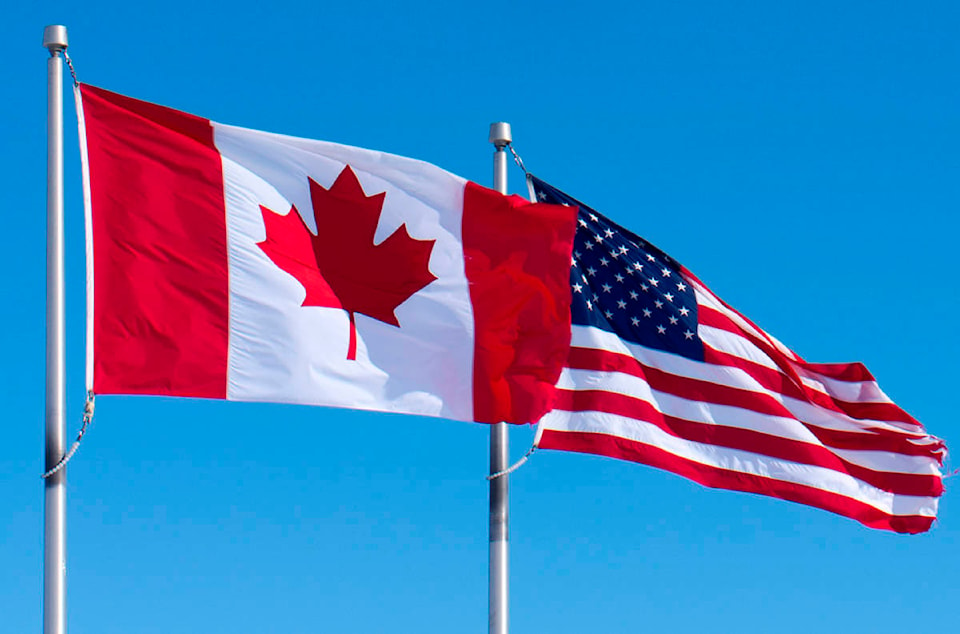Life-changing technology breakthroughs could be strangled by red tape at the Canada-U.S. border unless the two countries give innovators one shared set of rules to follow, Treasury Board President Scott Brison said in Washington Tuesday.
Brison joined Mick Mulvaney, director of the U.S. Office of Management and Budget, to kick off a two-day meeting of the Regulatory Co-operation Council, charged with figuring out new ways to cut through the reams of regulations that pose an ever-present risk to Canada-U.S. trade.
For a business with a clever new product, having to follow two sets of rules in two different markets can be extremely challenging, especially if the business is small.
“It makes a lot of sense for us to work together, multilaterally, in developing regulatory approaches that are consistent between our countries, whether you’re talking drones, or AI, or robotics. It is in the interest of the health and safety of our citizens, and the job-creation capacity of our businesses, to work together,” Brison said in an interview.
One novel idea stakeholders were discussing Tuesday: keep red tape from sprouting in the first place.
By working together on standards that are very similar, the risk of regulatory differences could be minimized almost to the point that the need for the council — founded in 2011 to cut the countless regulatory roadblocks between the two countries — would one day cease to exist.
“If we do a really good job of deepening the regulatory co-operation between U.S. agencies and Canadian agencies, in time the RCC is not really going to be needed,” Brison said. “The objective will be that the level of co-operation between our two agencies is so deep and so instinctive that you won’t need to have another body.”
READ MORE: Out with the old: Trump to kill old NAFTA to push Congress to approve USMCA
The oncoming AI revolution is poised to turn the auto industry on its head, with dramatic changes in how vehicles are built and used sure to be coming fast and furious, said Mark Nantais, president of the Canadian Vehicle Manufacturers’ Association.
A seamless integration of standards between Canada and the U.S. would help ensure that both countries realize the benefits not only of new technology itself, but the economic prospects it brings, Nantais said.
“There’s just so much interest in terms of automated vehicles, electric vehicles — everybody wants a piece of that action,” including not only in the building of vehicles, but cutting-edge areas like software, cybersecurity and AI, Nantais told the forum during Tuesday’s panel discussion.
“But if we really want to be effective in how we bring forward those technologies, we have to make sure we don’t put in place impediments to those technologies.”
That means ensuring co-operation between agencies, sharing research and knowing when to resist the temptation to do what often comes naturally to big bureaucracies, he said. “In many instances that may not mean regulation at all — that might mean the co-ordination of best practices or non-regulatory approaches.”
Michael Fitzpatrick, the head of regulatory advocacy, global law and policy for General Electric, told the panel that emerging technologies would be a good area for regulators on either side of the border to work on aligning their rules, since the development of the technology is global in scope.
But it’s important not to lose sight of the “transactional” nature of business, he added.
“At the end of the day, businesses are bottom-line, they do cost-benefit every day, and we’re not going to be interested in participating in a three-year process of culture change at the agencies. If you succeed, terrific,” Fitzpatrick said. “The bottom line for businesses are, are there actual regulatory wins that will benefit the economy, consumers and business, and can we see the victories at some regular pace.”
James McCarten, The Canadian Press
